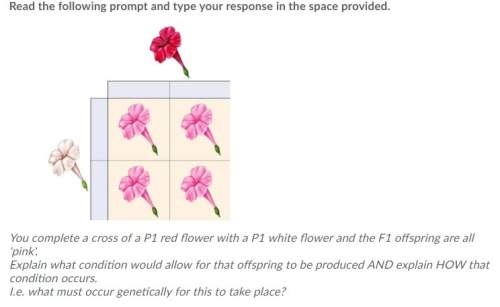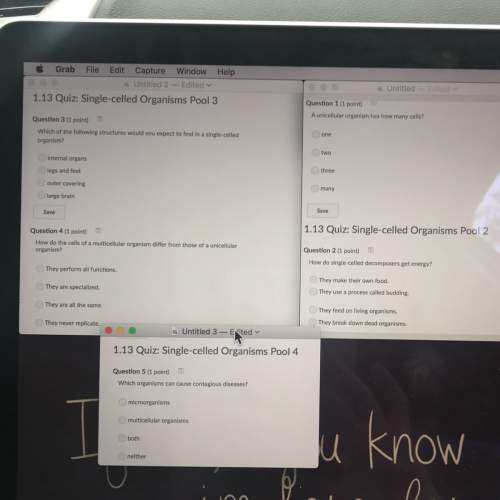
Biology, 05.05.2020 06:13 Sylnatius6736
An important criterion often used for establishing disease causality associated with a microbe is to provide evidence for the presence of the microbe at the infection site. Indianius hooziskerious is a heinous pathogen that infects humans and causes blotchy crimson and cream spots on the skin of infected Illinois residents. The crimson and cream spots appear only if I. hooziskerious is present at the site of infection. To diagnose whether individuals are infected with I. hooziskerious. Professor T. Perry runs a powerhouse diagnostic lab for detecting the heinous pathogen Indianius hooziskerious. Her laboratory runs a PCR-based assay for detecting the presence of I. hooziskerious, that upon amplification, requires approximately 100,000,000,000 copies of the gene encoding I. hooziskerious 16s rRNA to be detected. Each cell of I. hooziskerious has one copy of the gene encoding 16s rRNA. When running the PCR test of a sample from an Illinois resident who had ventured by accident into Indiana, Professor Perry’s diagnostic test indicated that 25 rounds of PCR were required to detect the I. hooziskerious 16s rRNA gene. Based on this information alone, approximately how many I. hooziskerious bacteria were present in the infected Illinois resident?

Answers: 2


Another question on Biology


Biology, 21.06.2019 19:00
(! ) what’s fracking and what does it have to do with carbon, carbon dioxide, or fossil fuels?
Answers: 2

Biology, 22.06.2019 00:00
Mouse liver cells were homogenized and the homogenate subjected to equilibrium density-gradient centrifugation with sucrose gradients. fractions obtained from these gradients were assayed for marker molecules (i.e., molecules that are limited to specific organelles). the results of these assays are shown in the figure. the marker molecules have the following functions: cytochrome oxidase is an enzyme involved in the process by which atp is formed in the complete aerobic degradation of glucose or fatty acids; ribosomal rna forms part of the protein-synthesizing ribosomes; catalase catalyzes decomposition of hydrogen peroxide; acid phosphatase hydrolysis monophosphoric esters at acid ph; cytidylyltransferase is involved in phospholipid biosynthesis; and amino acid permease aids in transport of amino acids across membranes. a) name the marker molecule and give the number of the fraction that is most enriched for each of the following cell components: lysosomes; peroxisomes; mitochondria; plasma membrane; rough endoplasmic reticulum; smooth endoplasmic reticulum.
Answers: 3

Biology, 22.06.2019 01:30
What is turgor pressure, what causes it, and what does it do for a plant?
Answers: 3
You know the right answer?
An important criterion often used for establishing disease causality associated with a microbe is to...
Questions


Health, 13.08.2019 06:20


Geography, 13.08.2019 06:20

History, 13.08.2019 06:20




Mathematics, 13.08.2019 06:20

Mathematics, 13.08.2019 06:20


Mathematics, 13.08.2019 06:20


Mathematics, 13.08.2019 06:20

Mathematics, 13.08.2019 06:20


Mathematics, 13.08.2019 06:20

Mathematics, 13.08.2019 06:20

Biology, 13.08.2019 06:20





